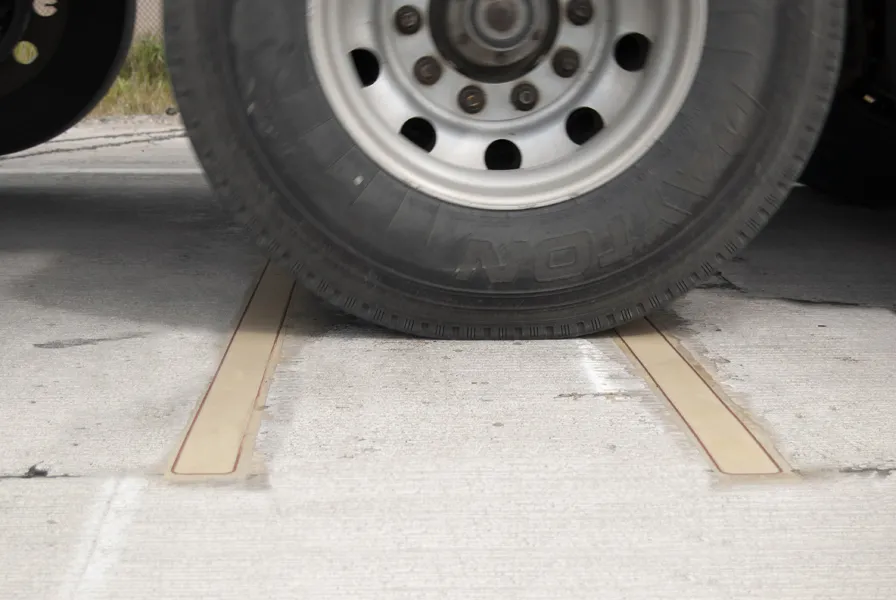Telvent GIT has been selected to expand Alberta Transportation’s current road weather information and traffic monitoring systems. The project will build upon the success of the company’s original development and deployment of a comprehensive road weather information system (RWIS) that has contributed to improved road safety throughout the Canadian Province for the last six years.
April 23, 2012
Read time: 2 mins
RSS134 Telvent GIT has been selected to expand 5249 Alberta Transportation’s current road weather information and traffic monitoring systems. The project will build upon the success of the company’s original development and deployment of a comprehensive road weather information system (RWIS) that has contributed to improved road safety throughout the Canadian Province for the last six years.
Telvent’s current installation delivers a high level of road weather forecast accuracy, reaching 94.4 per cent in the last two years of service. Over the next four-year period, the company will design and install 38 new road weather information system (RWIS) stations and 15 new video traffic monitoring system (VTMS) towers, which will provide even more location-specific road weather and traffic data to increase the effectiveness of the existing systems in operation throughout Alberta.
The data from the road weather and traffic monitoring systems is used to generate accurate weather and pavement forecasts on an hourly basis for the next 36 hours, backed by Telvent’s live meteorologists who are available around the clock for consultation. It is claimed that the addition of the new RWIS will provide even more precise precipitation data, road temperature reporting and pavement forecast information, allowing Alberta Transportation’s highway maintenance contractors to make more efficient decisions about deploying maintenance crews or treating roads. The new VTMS will provide Alberta Transportation with direct views of the roadway for traffic operations and incident management. Ultimately, the potential exists for an overall reduced cost of road maintenance operations and a safer, more efficient transportation system for all drivers in Alberta.
The installation will also build upon Telvent’s Smart City initiatives in the City of Calgary, Alberta. Currently, the company provides solutions to monitor and control Calgary’s water supply, traffic signals and energy distribution. The Province’s new RWIS/VTMS contract will complement Telvent’s existing Smart City solutions by adding road weather decision support capabilities for the Province’s growing ring road transportation network in Calgary.
Telvent’s current installation delivers a high level of road weather forecast accuracy, reaching 94.4 per cent in the last two years of service. Over the next four-year period, the company will design and install 38 new road weather information system (RWIS) stations and 15 new video traffic monitoring system (VTMS) towers, which will provide even more location-specific road weather and traffic data to increase the effectiveness of the existing systems in operation throughout Alberta.
The data from the road weather and traffic monitoring systems is used to generate accurate weather and pavement forecasts on an hourly basis for the next 36 hours, backed by Telvent’s live meteorologists who are available around the clock for consultation. It is claimed that the addition of the new RWIS will provide even more precise precipitation data, road temperature reporting and pavement forecast information, allowing Alberta Transportation’s highway maintenance contractors to make more efficient decisions about deploying maintenance crews or treating roads. The new VTMS will provide Alberta Transportation with direct views of the roadway for traffic operations and incident management. Ultimately, the potential exists for an overall reduced cost of road maintenance operations and a safer, more efficient transportation system for all drivers in Alberta.
The installation will also build upon Telvent’s Smart City initiatives in the City of Calgary, Alberta. Currently, the company provides solutions to monitor and control Calgary’s water supply, traffic signals and energy distribution. The Province’s new RWIS/VTMS contract will complement Telvent’s existing Smart City solutions by adding road weather decision support capabilities for the Province’s growing ring road transportation network in Calgary.









